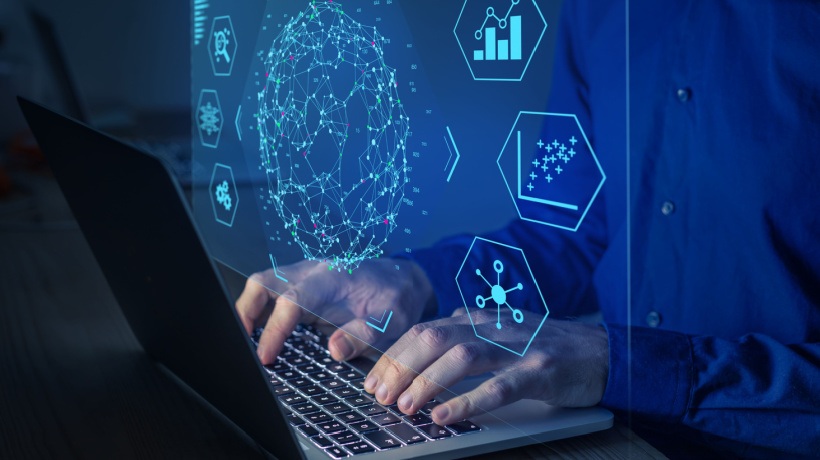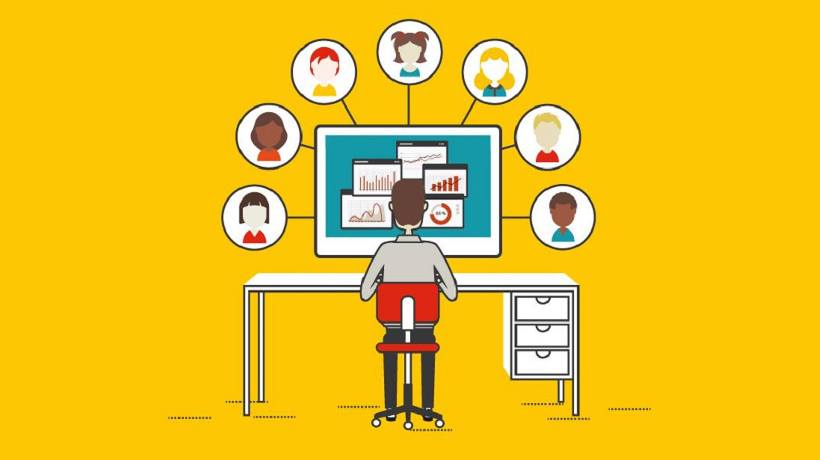Software For Learning: Engaging And Effective
To keep pace with changing business requirements, organizations must make their employees gain new knowledge and learn new skills quickly and effectively. The L&D function of any organization thus plays a critical role in the continued success of the organization. The primary responsibility of L&D managers is to make sure the right learning material and the means to learn are available to the right resource at the right time, and to ensure that the employees are skilled to the desired level. Thus we can break up their responsibilities into three broad areas:
- Creating the learning content
- Delivering the learning content
- Tracking user engagement and learning effectiveness
Software For Learning and Development
Thanks to developments in the software industry, all three activities have become significantly easier to manage well. Learning using electronic means, commonly known as eLearning, has been nothing less than a revolution. The rise of eLearning is fueled by the rise of software technology, as well as by hardware technology. In this article, we will focus on how software has revolutionized these areas. Let’s focus on these areas one by one.
Creating Learning Content
Once there was a time when reading printed books or attending a lecture used to be the only standard means of learning. The rise of eLearning has given us so many more options. Learners can now access learning material in electronic form from websites or other sources. In fact, creating learning material has become a several-hundred-billion-dollar industry. The development of software tools has given us innovative ways to create learning material. Some of these include:
1. Multimedia Tools
The advancements in multimedia tools, such as graphic processing tools, audio, and video processing tools, animation tools, etc., have given us the means to create engaging learning material. This helps not only in enhancing the visual appeal, but also in increasing learner engagement, motivation, and retention of learning. In addition, these multimedia tools help reduce the time taken to create the media, and thus help in reducing the cost of production and "go-live" time.
2. AR/VR Tools
AR/VR has revolutionized the learning of complex ideas, learning where physical risks are involved, and hands-on learning. These also allow the learner to experiment in critical scenarios without fear. For example, mechanical engineers can use a VR-based model of an engine and can experiment with various configurations without the risk of damaging an actual, costly, engine.
3. 3D Modeling
3D models give us a great way to teach about complex design, be it the structure of an organ or a rocket engine, or a building design.
4. Authoring Tools
Authoring tools are perhaps the most revolutionizing contribution of software in eLearning development. Authoring tools enable us to create modules with ease in a cost-effective manner. They have built-in functionalities that can be utilized to create engaging learning material quickly.
5. Custom Widgets
While authoring tools are great for quick development, sometimes there is a need for some special functionality which these tools don’t have. In such cases, again the software developers come to our rescue and create widgets that can be plugged into the main module to enhance its functionality. These widgets greatly improve the learning experience without overrunning the budget.
Delivering The Learning Material
Delivering the learning material is predominantly done by a software called a Learning Management System or LMS. The primary function of an LMS is to host learning material and allow users to access the material. It helps organizations manage, deliver, and track their learning materials.
Modern LMSs incorporate virtual classrooms also, thus allowing a merger of traditional and modern teaching methods. Another very important contribution of LMS software is the gamification of learning. Gamification means the utilization of game design elements, such as points, badges, and leaderboards.
Tracking User Engagement And Learning Efficiency
A key function of an LMS is user activity tracking. Everything that a user does after logging on to the LMS is tracked, and this gives significant insight into the learning behaviour. This enables L&D managers to take informed decisions.
Another significant contribution of software is the ability to personalize learning. Modern LMS software can track learners and allows them to learn at their own pace and in their own way. They can push tailored learning modules, and design learning paths based on individual skills and learning gaps.
Editor's Note: Check out our directory to find, choose, and compare eLearning Industry's Top LMS Software.








